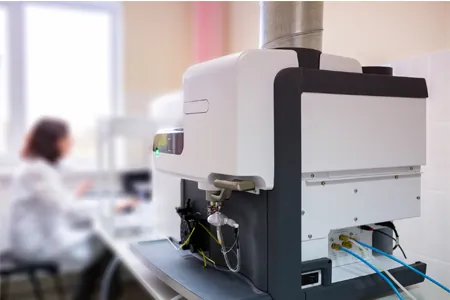
Starlink Satellites Threaten Astronomical Research: How Blinding Are They?
2024-09-20
Starlink Satellites Threaten Astronomical Research: How Blinding Are They?
Efforts to decode the mysteries of the universe face new challenges as radio waves emitted by Starlink's vast satellite constellation disrupt research environments, according to a recent study.
With over 6,300 operational satellites orbiting Earth at an altitude of 550 kilometers, Starlink's network now represents more than half of the satellites circling our planet. This massive deployment contributes to a phenomenon known as unintended electromagnetic radiation (UEMR), commonly referred to as "radio noise."
While the satellite array provides high-speed internet services to remote and underserved communities worldwide, this advancement comes at a significant cost for astronomers striving to study celestial bodies. A study conducted by the Netherlands Institute for Radio Astronomy (ASTRON) highlights that the second-generation "V2" Starlink satellites emit UEMR at levels that are 32 times more substantial than the original version.
The earlier "V1" satellites had already drawn the attention of the astronomical community due to their interference, which was first noted as recently as 2022. Benjamin Winkel, a researcher at the Max Planck Institute for Radio Astronomy involved in the study, expressed grave concerns, stating that the current interference is essentially "blinding" researchers.
He remarked, "While the Generation 1 satellites have reduced their emissions over the past year, the newer generation appears to have increased brightness." The term "blinded" refers to the saturation of radio telescopes due to overwhelming signal strength, preventing the detection of other celestial signals.
As the trend continues, the number of satellites in orbit is projected to skyrocket to 100,000 by 2030, potentially leading to even more challenges for astronomers using both optical and radio telescopes. The visible satellite trails across the night sky have raised alarm among scientists, with Winkel noting that many of his colleagues are apprehensive about the future of astronomical observations.
The increasing interference from low-Earth satellites presents serious concerns, as it may result in image distortions or "light smears" on astronomical data collected through these advanced instruments. These complications could taint vital data essential for understanding cosmic phenomena.
The urgency for new satellite regulations is evident, especially considering that the radio emissions from ground-based sources like cellphone networks are tightly regulated by organizations such as the International Telecommunications Union. In contrast, satellite operators currently operate with minimal oversight, which complicates efforts to minimize their atmospheric impact on scientific research.
However, Starlink is not the only satellite network to scrutinize; OneWeb and Amazon's Kuiper project are also in the race to provide space internet services. With OneWeb deploying around 630 satellites and Amazon planning extensive growth with its two existing satellites, the competition is fierce—and poses additional threats to astronomical research.
Winkel emphasized the necessity for greater international collaboration among satellite operators and the scientific community, suggesting that while regulatory measures are crucial, operators must prioritize the reduction of their radio emissions as a more immediate solution. "There is no electronic device without some form of leakage," Winkel explained, adding that the critical question remains, "How much leakage is acceptable?"
In summary, while technological advancements in satellite internet seem promising for connectivity, they cast a shadow over the future of astronomers and their quest to comprehend our universe. The blending of commercial interests with scientific pursuits highlights a pressing need for regulations and collaborative efforts to protect our access to the stars.



 Brasil (PT)
Brasil (PT)
 Canada (EN)
Canada (EN)
 Chile (ES)
Chile (ES)
 España (ES)
España (ES)
 France (FR)
France (FR)
 Hong Kong (EN)
Hong Kong (EN)
 Italia (IT)
Italia (IT)
 日本 (JA)
日本 (JA)
 Magyarország (HU)
Magyarország (HU)
 Norge (NO)
Norge (NO)
 Polska (PL)
Polska (PL)
 Schweiz (DE)
Schweiz (DE)
 Singapore (EN)
Singapore (EN)
 Sverige (SV)
Sverige (SV)
 Suomi (FI)
Suomi (FI)
 Türkiye (TR)
Türkiye (TR)